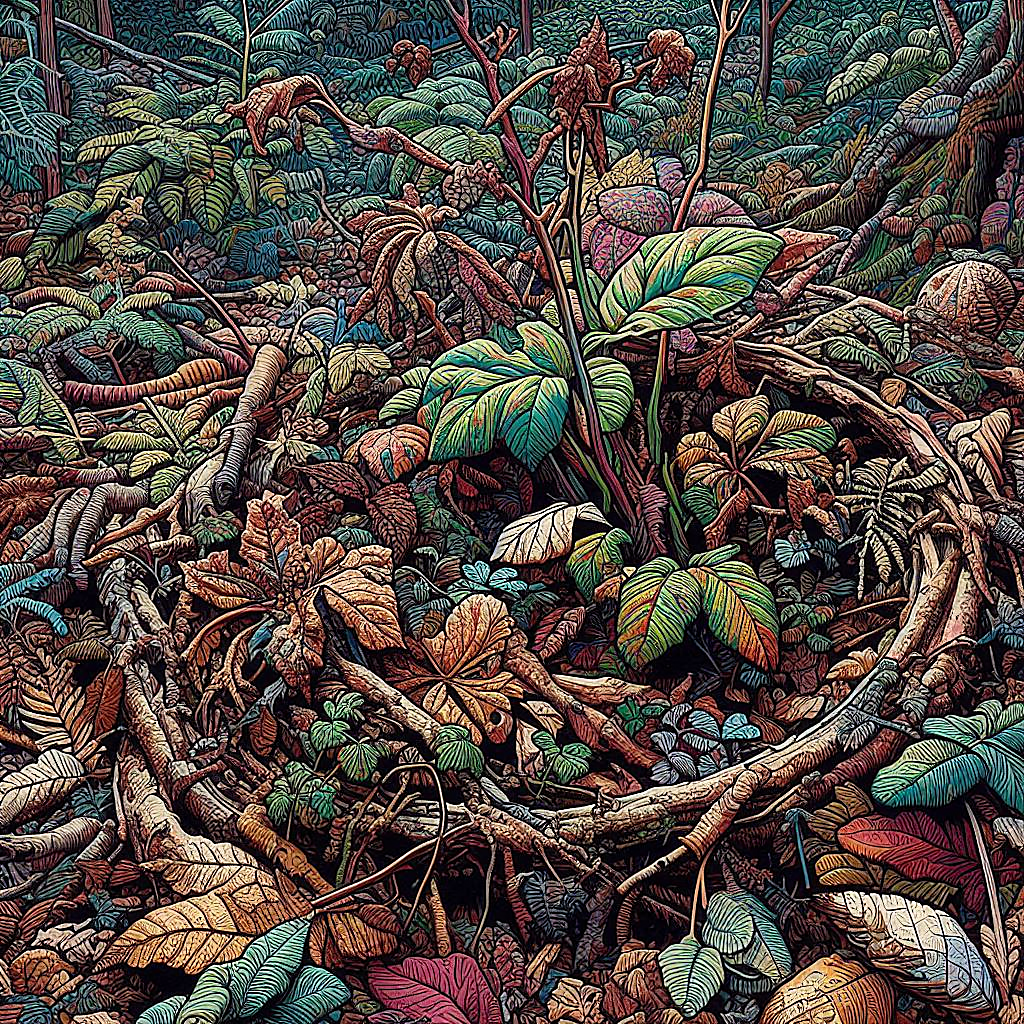/montepʊlt͡ʃˈano/
- Africano
- Angolano
- Montepulciano Cordisco
- Montepulciano Spargolo
- Morellone
- Sangiovese Cordisco
- Uva Abruzzese
Red
- The Montepulciano grape enjoys widespread cultivation throughout Italy across various quality tiers, yet it grapples with a common challenge: realizing its full potential and translating it into exceptional wines.
- Interestingly, Montepulciano shares a striking resemblance to the Pugnitello grape, leading to a longstanding misconception that they were identical varieties.
- Despite this, Montepulciano maintains enduring popularity, revered by winemakers and enthusiasts alike for its distinct qualities.
- Conero DOCG
- Montepulciano d’Abruzzo Colline Teramane DOCG
- Offida DOCG
- Montepulciano d’Abruzzo DOC
- Cerasuolo d’Abruzzo DOC
- Villamagna DOC
- Ortona DOC
- Cerveteri DOC
- Colli della Sabina DOC
- Colli Lanuvini DOC
- Esino DOC
- I Terreni di Sanseverino DOC
- Rosso Conero DOC
- Biferno DOC
- Pentro di Isernia DOC
- Nardo DOC
- Orta Nova DOC
- Rosso di Cerignola DOC
Montepulciano exhibits its versatility by being used to make a diverse array of wines, including sparkling, dry, and sweet (air-dried) red wines, as well as exceptional rosato.
Cerasuolo d’Abruzzo, a notable rosato expression of Montepulciano, stands out for its robustness, tannic structure, and vibrant acidity, showcasing complexity and impressive aging potential.
In its dry red wine rendition, known as Montepulciano d’Abruzzo, the grape can manifest in various styles, ranging from light and approachable to bold and opulent. These wines are characterized by their abundance of ripe red-cherry fruit flavors, complemented by delicate herb nuances and velvety tannins. While some examples may exhibit moderate improvement with aging, Montepulciano d’Abruzzo typically reaches its peak within a decade of bottling.
Visual Flavour Profiles:








